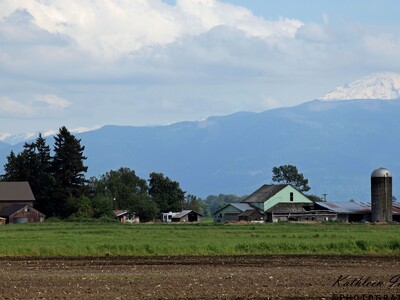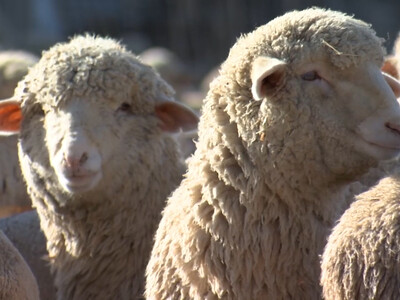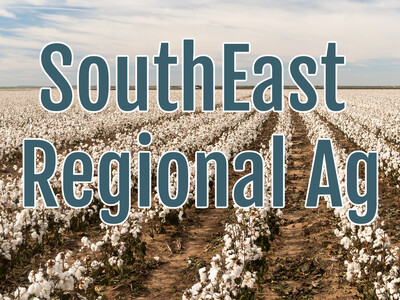Feb Snow
NRCS Idaho releases February 2024 Water Supply Outlook ReportThe Natural Resources Conservation Service (NRCS) in Idaho has released the February Water Supply Outlook Report.
On February 1, snowpack and water year total precipitation conditions mirror each other with well below normal conditions observed north of the Snake River Plain and above normal conditions to the south. Wet, cold storms came through Idaho in mid-January and were responsible for the majority of Snow Water Equivalent (SWE) gains we saw last month. After this arctic front passed, basin-wide SWE stagnated from reduced precipitation and warmer than normal temperatures during the last part of January. Increased freezing levels meant precipitation often fell as rain rather than snow.
Streamflow, snowpack, and precipitation data for each basin, as well as replacements for the daily, ready-to-print maps of SWE and total water year precipitation are available on the Idaho Snow Survey Website.
“Every basin saw some improvement in snowpack conditions in January,” said Erin Whorton, Water Supply Specialist for NRCS Idaho. “The Snake River Plain remains the dividing boundary between basins with below or above normal snowpack. The snowpack is well below normal in all basins north of the Snake River Plain (53 to 81%) and well above normal to the south (105 to 132%). The bottom line is, north of the Snake River Plain and in the Snake River headwaters, the snowpack at the majority of the snow measurement sites (both SNOTEL and snow courses) is below the 20th percentile. These basins are experiencing a snow drought.”
For information on specific basins, streams, and reservoirs, please view the full report online at February Water Supply Outlook Report.













